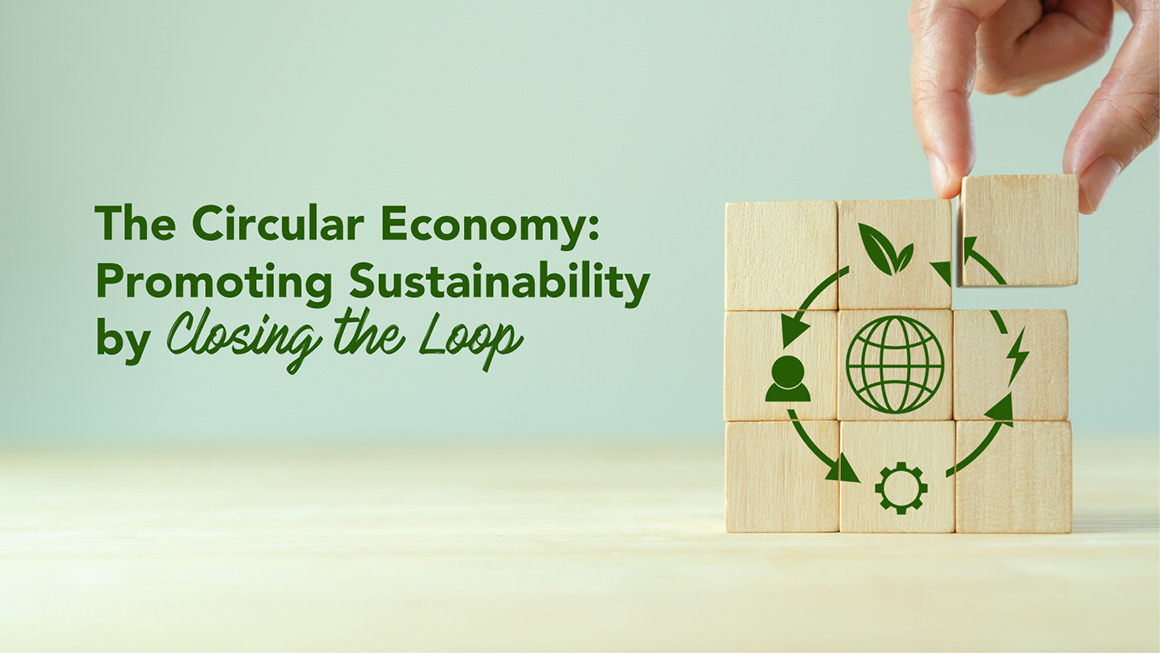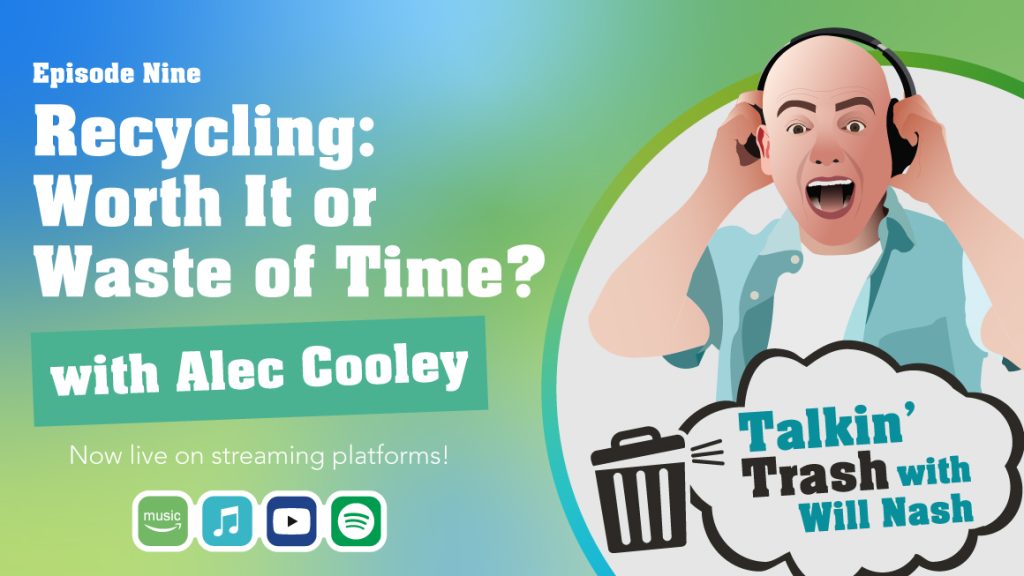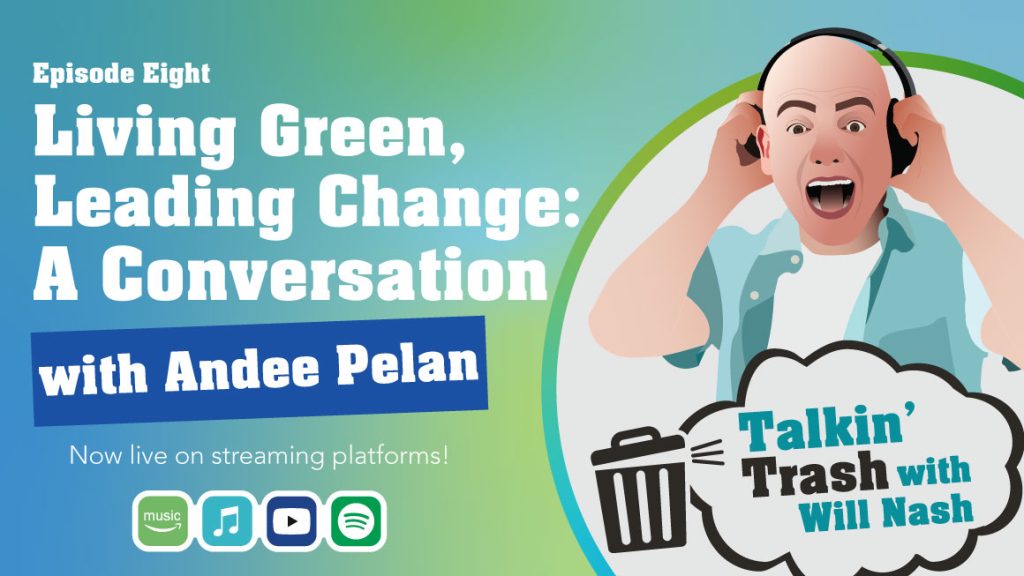The circular economy presents a transformative path towards long-term sustainability. By adopting this model of production and consumption, we can actively tackle climate change while supporting the resilience of our environment and the economy. This all sounds great but… what exactly is the circular economy and how can we contribute? Let’s dive into this framework, explore some benefits and check out some ways we can shift towards more cyclical products!
What is the Circular Economy?
The circular economy benefits the environment by extending the lifecycle and use of resources for as long as possible through the elimination of waste, the circulation of products and materials and the regeneration of nature. This framework challenges the linear economy and the “take-make-waste” model where many materials such as plastic packaging or take-out cutlery are used just once before they are discarded, resulting in negative environmental impacts and economic losses. Adopting the circular economy framework means preventing single-use materials when possible and replacing them with materials that are biodegradable, or can be repurposed, refurbished, reused, or recycled! Designing products with circularity in mind helps to decrease waste and promote sustainability by “closing the loop.”
Did you know landfills contribute to pollution, biodiversity loss, and climate change? When possible, it is important to try and keep materials out of landfills and the circular economy presents us with creative ways to do just that!
Benefits of the Circular Economy
The circular economy offers a range of benefits across environmental, economic, and social dimensions. Here are a few key advantages of adopting the circular economy framework:
1. Eliminate Waste
Keeping materials within the economy prevents waste from entering the landfill and the environment.
2. Reduce Extraction of Natural Resources
Extending the use of resources that are already in the economy means that we can reduce the extraction of natural resources.
3. Improve Biodiversity
By extracting fewer natural resources and eliminating more waste, we contribute to less pollution, and therefore a healthier environment for living beings to thrive.
4. Decrease Carbon Emissions
Whether you are repurposing materials, reducing what you use, or recycling/composting, keeping materials within the economy helps you to actively reduce your carbon footprint!
5. Cost Savings
Practices like using what you have and reducing what you buy can lead to great cost savings on an individual and business level.
The circular economy framework presents the opportunity for businesses to optimize production processes, which often leads to cost savings. Reducing waste can also allow you to cut disposal costs for your organization.
6. Opportunities for Creative and Innovative Design
The circular economy presents the opportunity for unique and innovative product design. Let’s explore this!
Designing Products for Circularity
The circular economy incorporates the 3Rs (reduce, reuse, and recycle) but also emphasizes the importance of designing products more sustainably and with the circular economy in mind! By reconsidering design and production practices, we take an active role in keeping materials within the economy… and as we’ve heard, adopting this framework has no shortage of environmental and economic benefits! It can also attract customers who are passionate about sustainability.
You may be wondering; how exactly can you design a product to be more circular? There’s no one size fits all answer for this question, and the great thing about the circular economy is that there are endless ways you can incorporate it into your product design. At Busch Systems, one way that we have been applying this framework is by increasing the use of post-consumer recycled content in our recycling and waste containers. By replacing raw material with post-consumer recycled content, we have been able to cut some of our product carbon footprints by 50% while contributing to the circular economy. Our Renegade Series is made of 100% post-consumer recycled content and reflects a much lower carbon footprint.
A great way to get started is by setting up meetings with different departments across your organization to brainstorm. Maybe you meet with your research and design team and generate some ideas about incorporating recycled materials into your products and/or repurposing materials you already have! You might also meet with your purchasing team to figure out where you can reduce the purchase of new materials or opt for the purchase of more sustainable materials. Having open conversations across your company and with suppliers allows you to discover which methods will work best for your organization.
How can I adopt this framework?
There are plenty of ways to get involved and contribute to a circular economy! Here are some quick ideas to spark inspiration.
For Individuals
- Opt for reusables (water bottles, cutlery) instead of single-use plastics
- Borrow or rent items
- Buy second hand
- Compost food waste
- Recycle
- Choose to purchase sustainable items made from recycled or biodegradable materials
- Visit your local library
- Repair items instead of buying new
- Donate items you no longer need
- Get educated, seek out podcasts, books, or other resources where you can learn more about the circular economy
For Businesses
- Incorporate sustainable materials into your products
- Minimize packaging waste by reducing product packaging or replace single-use plastic wrap with cardboard or other recyclable materials
- Implement in office diversion programs to decrease waste
- Repurpose and reuse materials you already have within your organization
- Reduce purchasing of new materials when possible
- Partner with organizations to share or exchange materials
- Work with suppliers who have adopted circular practices
- Educate employees
These are just a few ideas to get started, but there’s no shortage of ways to get involved! Any contribution you make, whether big or small, can help contribute to a healthier environment. The circular economy has incredible social, economic, and environmental benefits, and as individuals and within our organizations we can be intentional with the designing and consumption of products in order to move closer to a circular economy!
Did you know that October is Circular Economy Month in Canada? This campaign is powered by the Circular Innovation Council and encourages people to learn about the circular economy and take action! You can learn more and get involved by visiting their website here!




